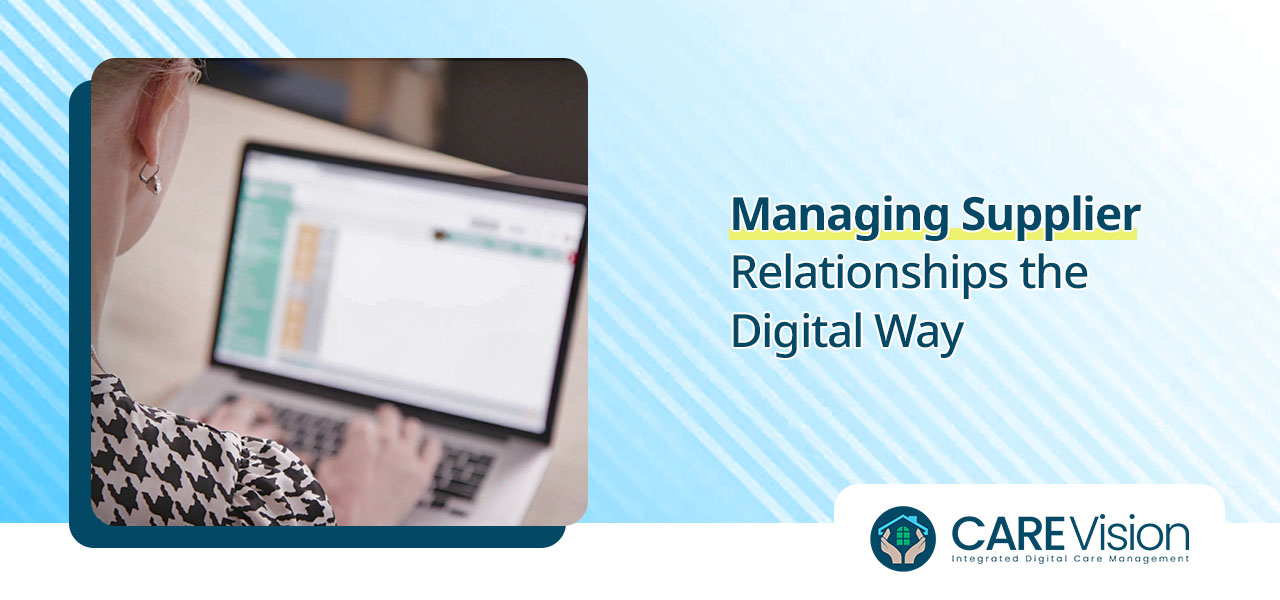UK Cabinet minister, Nadhim Zahawi is in the news right now (January 2023) for a tax-based dispute with HMRC. It has seen him have to pay millions of pounds to settle the dispute and put his tax affairs in order. January is a key time for individuals and businesses to ensure that tax is up to date and that all paperwork is done in order to comply with HMRC deadlines.
For anyone still needing to send in their self-assessment tax paperwork, the date to watch out for is 31 January. This is the deadline for HMRC to receive online tax returns for the tax year 2021/22. Paper-based versions were required by 31 October 2022. You must also pay any tax owing from the previous year by 31 January (a ‘balancing payment’) as well as your first payment on account for the current one. There is a further deadline of 31 July to pay your second payment on account.
Care homes are not exempt from the burden of paying tax and complying with HMRC requirements for reporting, updating records and submitting returns. The repercussions for not doing so on time, or not taking everything into account when doing your calculations can be extremely serious. Excuses such as not being organised or not knowing where all of your receipts, invoices and bank statements are will not be accepted if you fail to comply. The answer lies in getting organised early, and setting everything up in one, easy to access and use system.
Digitising your tax admin
Switching to a digital care management system for your tax, HMRC and other business paperwork comes with a multitude of advantages. For a start, you can keep everything in one folder, in electronic form, without the need for bulky paper storage or complicated filing systems. All information is kept securely and can be accessed 24/7, from any suitable device with an internet connection. Admin and tax updating tasks can be made much quicker and more effective when completed electronically. This frees up managers’ and staff’s time to look after their residents.
A digital care management system also brings information together in one place. Gone are the days of keeping paper receipts in one place and invoices in another. Everything can be scanned and added to the system as you go along, for easy retrieval. Calculating tax and handling other business compliance in this way can help save a lot of time at the end of the process – and keep things simple and straightforward.
In addition, tax-related tasks can be shared far more easily than using a paper-based system. More than one person can access the information and work in the reports, files etc. This prevents duplicate copies of spreadsheets or tax returns being created, causing confusion. Calculations can be cross-checked by another person to add an extra layer of quality control and number crunching. Mistakes in a tax return can be costly and difficult to rectify further down the line. Finally, a digital management system can set alerts to remind you when returns and other key information and updates are due.
You can also use the staff rota and diary functions to make sure that time is formally scheduled in for handling tax returns, HMRC correspondence and other important business compliance tasks.
More top tax tips
As well as moving all tax and HMRC work onto a digital system, there are other ways to help make the whole process of submitting tax returns and business compliance more straightforward. For example, always keep accurate records across every area of your business. Even those that are not directly related to tax could be called into play if there is a wider investigation. Don’t forget to claim for any allowances the care home is entitled to. It could be worth engaging a specialist accountant, even as a one-off project, to make sur that you are not missing out on anything helpful. At the very least, they could help you make sure that you are claiming all the expenses that you are entitled to. Keep an eye on the Government’s tax-related website pages so that you can find out about any changes and updates as they happen.






